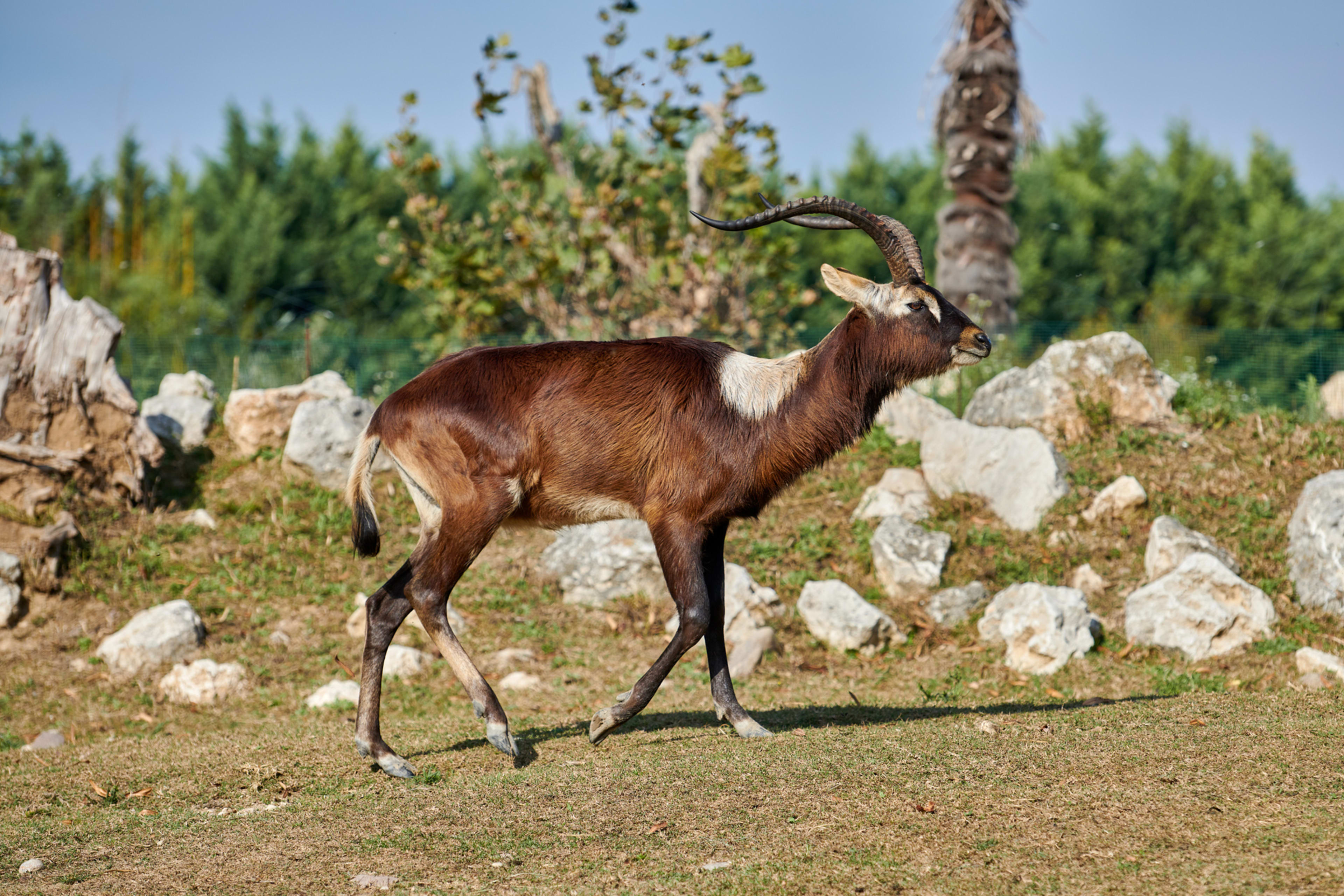In 50 years, as cities, farms, and other development continues to sprawl into wildlife habitat around the world, 1,700 species will be at greater risk of extinction, says a new study from Yale ecologists.
“We’re finding a really dire picture,” says Walter Jetz, a professor of ecology and evolutionary biology at the Yale School of Forestry & Environmental Studies, and coauthor of the paper, published today in Nature Climate Change. “We were able to identify some of the hotspots of future biodiversity impact purely from expected land use changes, and we found thousands of species that we really need to worry about.”
The researchers looked at four different scenarios for human land use–based on population growth and economic changes–and then compared that to the geographic range of 19,400 species. Under a middle-of-the-road scenario, 886 amphibians, 436 birds, and 376 mammals would lose so much habitat that they would be at much higher risk of extinction.
In Africa, for example, a species of antelope called the Nile lechwe currently lives in parts of Sudan and Ethiopia. But in that corner of East Africa, open space is quickly transforming to relatively intensive agriculture, partly to supply markets in China or in Saudi Arabia, where investors have been buying up African farmland for several years. Local economic growth is also bringing more development into open space. The antelope, which is already endangered now, could see its range shrink by more than half. That’s a risk on top of those that animals face directly from climate change, such as increasing heat and drought.

Recognize your brand’s excellence by applying to this year’s Brands That Matter Awards before the early-rate deadline, May 3.
